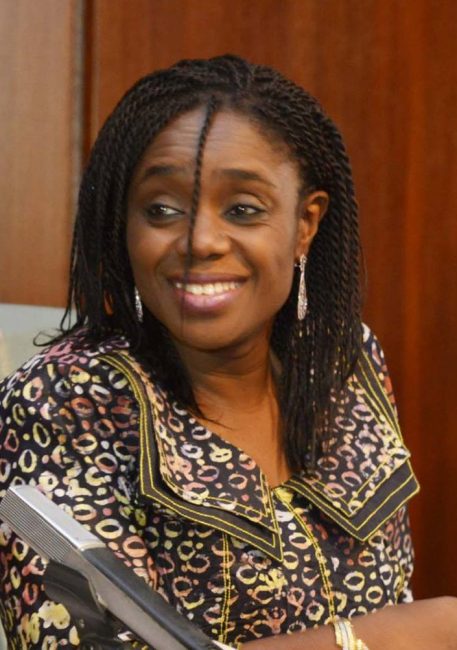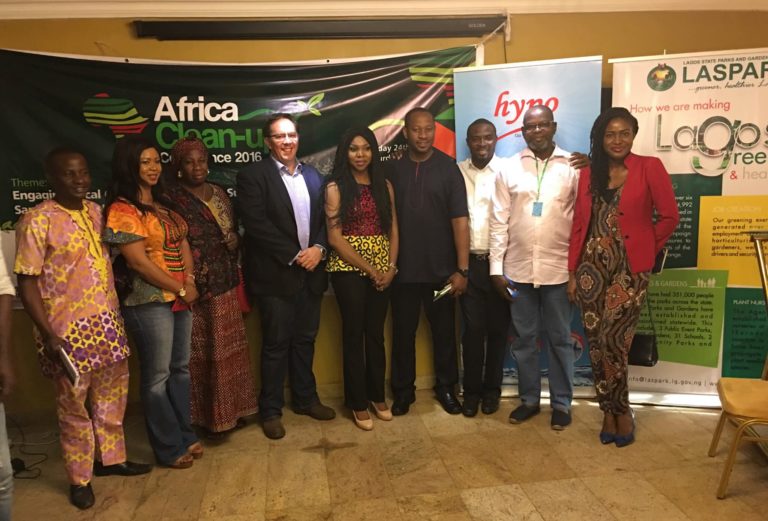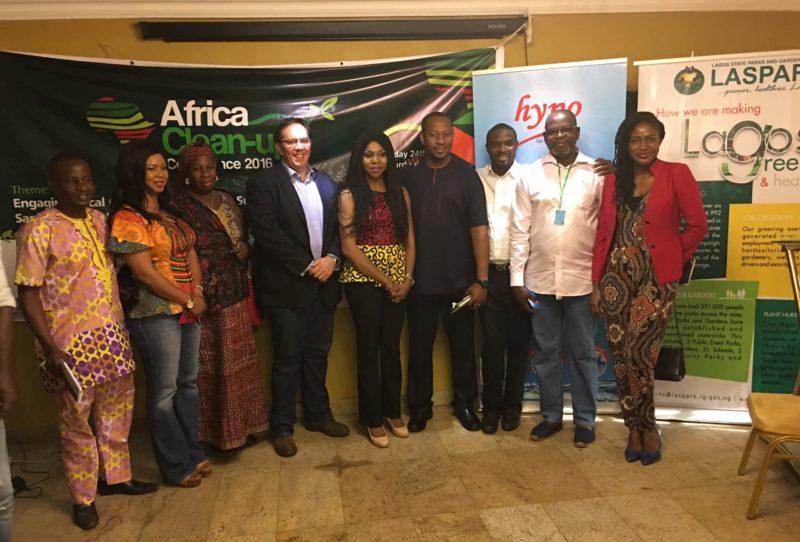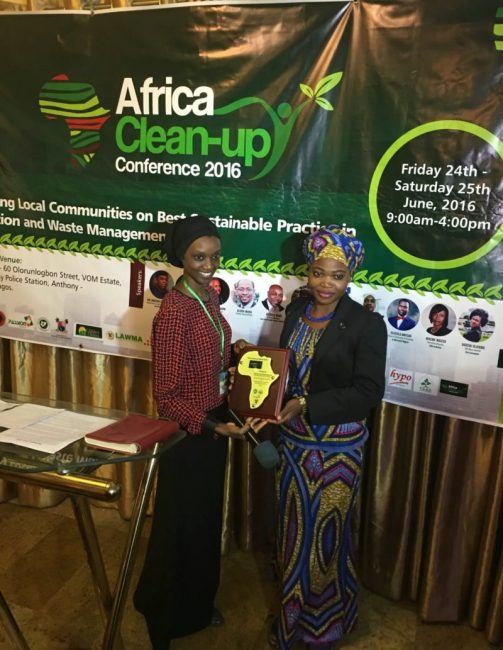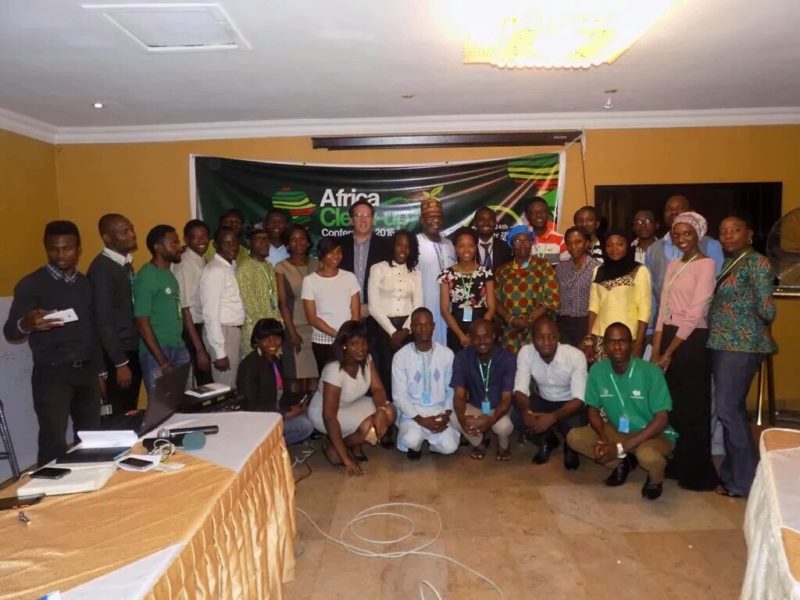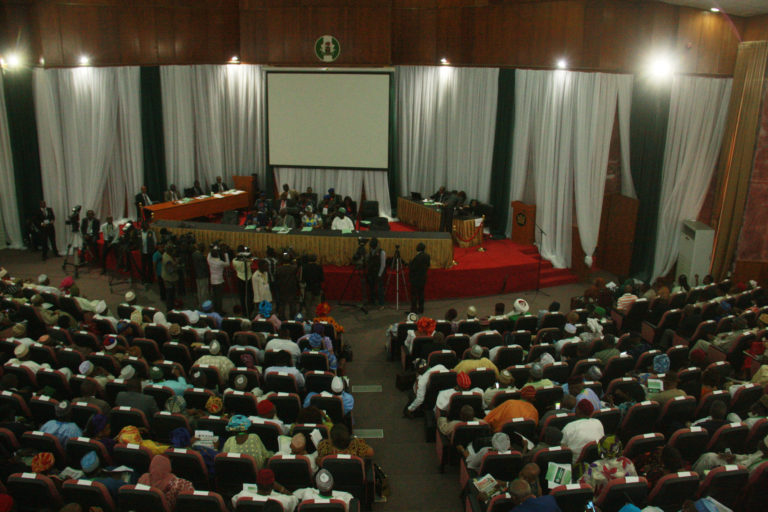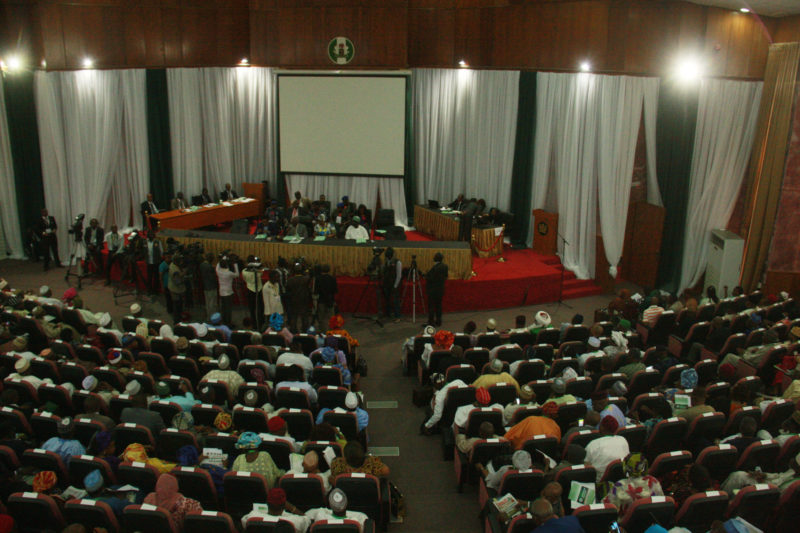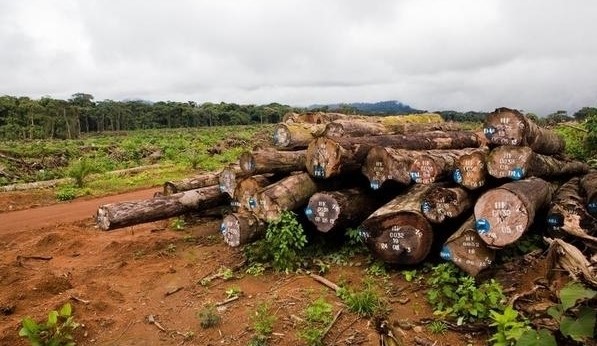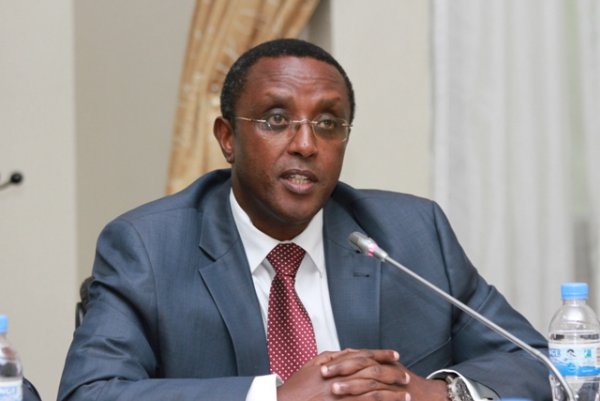The National Space Research and Development Agency has predicted that the appearance of the first moon crescent for July would be on July 5.
This was contained in a statement signed by Dr. Felix Ale, the Head of Media and Corporate Communications of the Agency in Abuja on Friday.

The statement said: “The first appearance of the moon could not be sighted with naked eyes except with the aid of Charged Coupled Device (CCD) imaging, astronomy telescope or any good optical astronomy instrument.”
The statement emphasised that the conjunction of the moon for July would be on July 4 at about noon.
It said this would make the first astronomical crescent visible for sighting on July 5 between the hours of 1.26am and 8.13pm.
It said: “Jos will be first to scientifically witness the first young lunar crescent at about 1.26am concurrently to 7.50pm.
“This would be followed by Gombe and Maiduguri between 1.29am – 7.40pm, and 1.29 a.m. – 7.39 p.m. respectively.
“While, the lunar crescent will be scientifically sighted lastly in Kano, Abuja and Sokoto between 1.57 a.m. – 7.58 p.m., 1.57 a.m. – 7.58 p.m. and 1.57 a.m. – 8.12 p.m. respectively.”
It, however, said the first lunar crescent would not be visible on July 4 during its conjunction.
It added that all other states of the federation will experience the first lunar crescent between the estimated time of 1.26am and 8.13pm on July 5.
It added that the statement showed precise dates, appearance time of first crescent, sunset as well as moon set time for all the capital of the 36 states and FCT.
The statement by Ale said: “In Abuja, the first lunar crescent will appear between 1.57 a.m. and 7.58 p.m., with sunset at about 6.57 p.m. and moon set at about 7.58 p.m.
“In Kano, the appearance of the first lunar crescent will be experienced between 1.57 a.m. – 7.58 p.m., with sunset and moonset at about 6.58 p.m. and 7.58 p.m. respectively.
“Sokoto, the seat of the caliphate will be between 1.57 a.m – 8.13 p.m., with a sunset and moonset time of about 7.13 p.m. and 8.12 p.m.
“The first lunar crescent for Enugu is between 1.53 a.m. – 7.51 p.m., while in Calabar, it will be between 1.54 a.m. – 7.46 p.m.
“The sun and moon are expected to set in Enugu at about 6.49 p.m. and 7.51 p.m., and they will expectedly set in Calabar at about 6.43 p.m. and 7.46 p.m.
“The south-west states of Lagos and Ibadan will expectedly experience the first lunar crescent between 1.50 p.m. – 8.10 p.m., and 1.53 a.m. – 8.05 p.m. respectively.
“The sun will set in these states at about 7.07 p.m. and 7.05 a.m., while the moon will set at about 8.10 p.m. and 8.05 p.m. respectively.”
The statement emphasised that the moon will be oriented at an Azimuth of +285 degrees: 39’.53” in Abuja, Azimuth of +285 degrees: 34’.36” in Kaduna, Azimuth of +285 degrees: 29’. 05” in Kano.
It added: “Also, Azimuth of +285 degrees: 48’.20” in Lagos, Azimuth of +285 degrees: 22’.07” in Sokoto, Azimuth of +285 degrees: 32’.46” in Maiduguri, Azimuth of +285 degrees: 39’.50” in Ilorin.
“It would be oriented at an Azimuth of +286 degrees: 02’.28” in Port Harcourt to enable observers point their instruments and locate the moon’s direction easily.”
The statement stated that the calculated results were made available for the information of the general public, especially those who would need them for religious and academic purposes.
It also added that scientific researchers should be at liberty to request for detailed analysis or more results on other states of the federation from the space agency.


